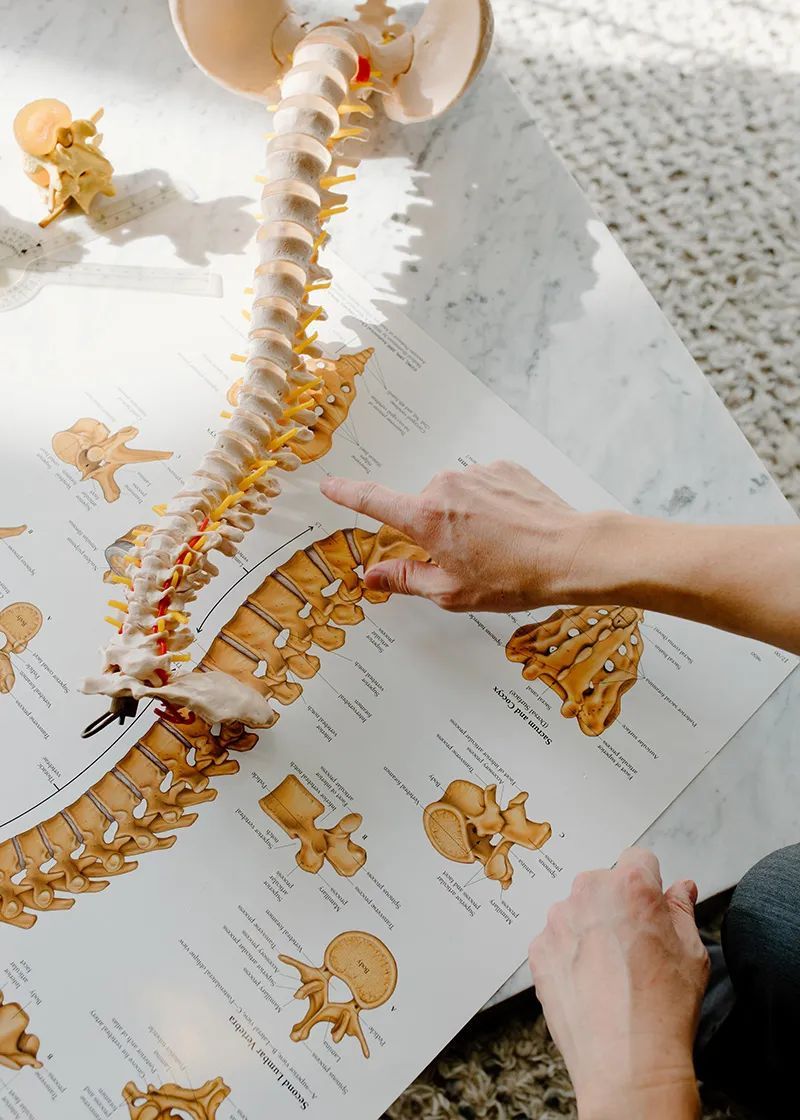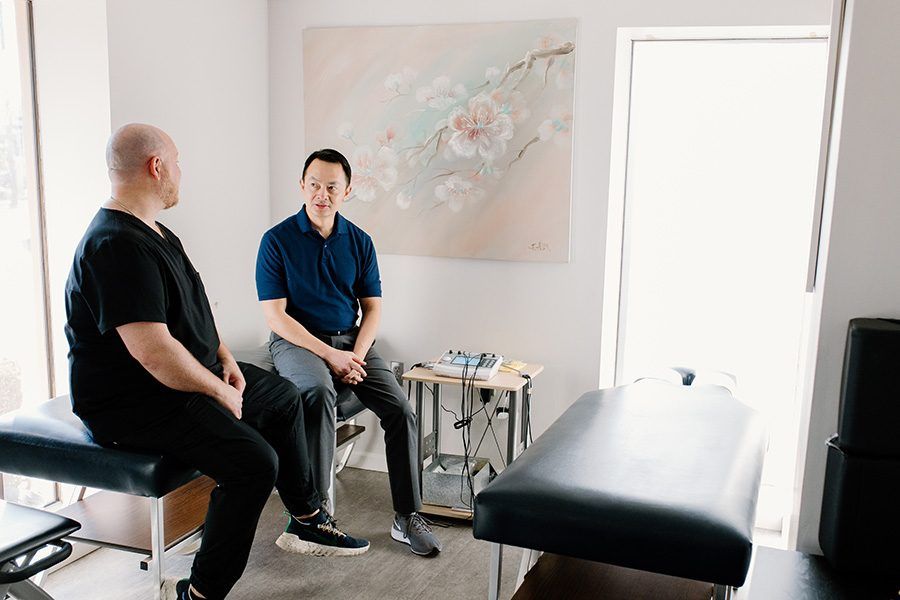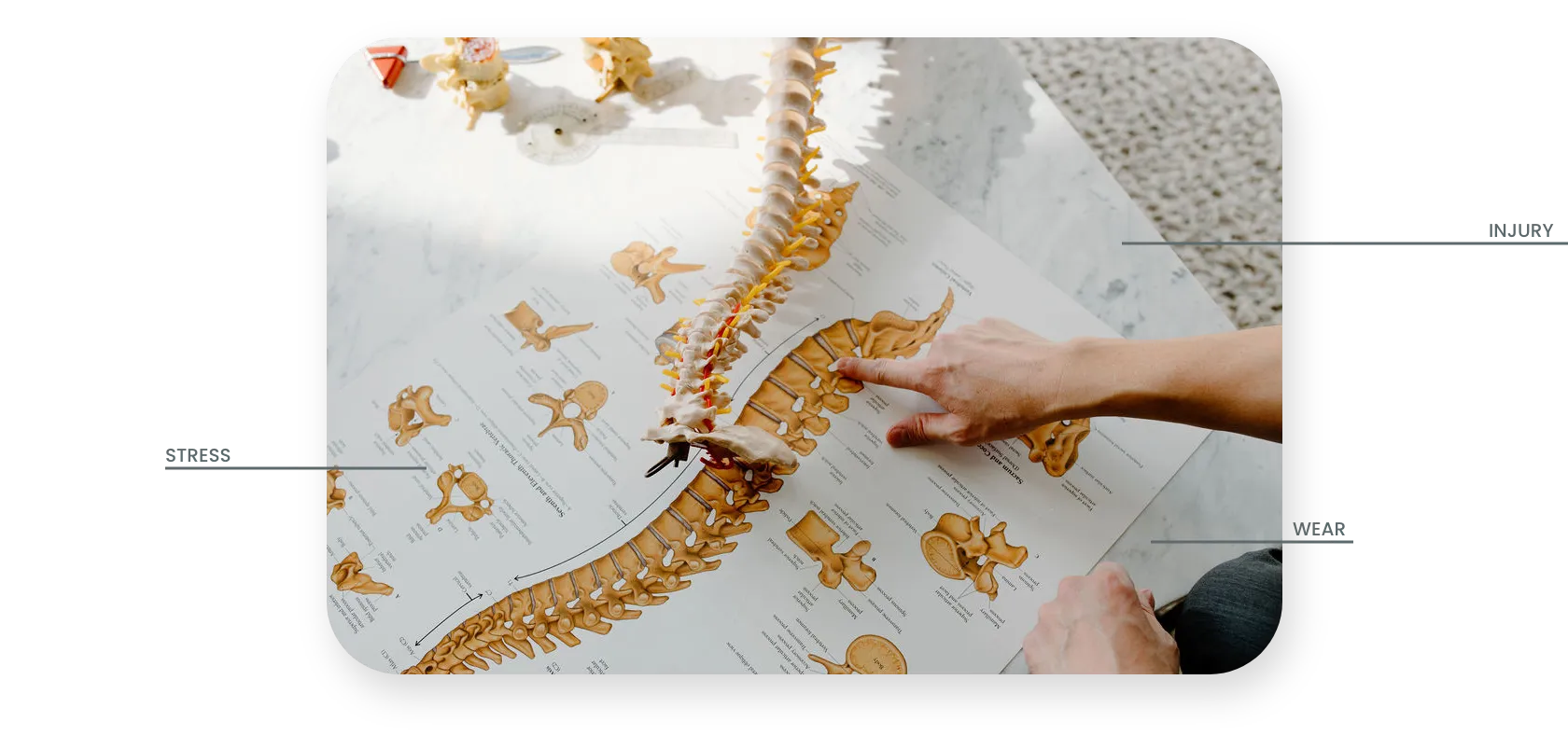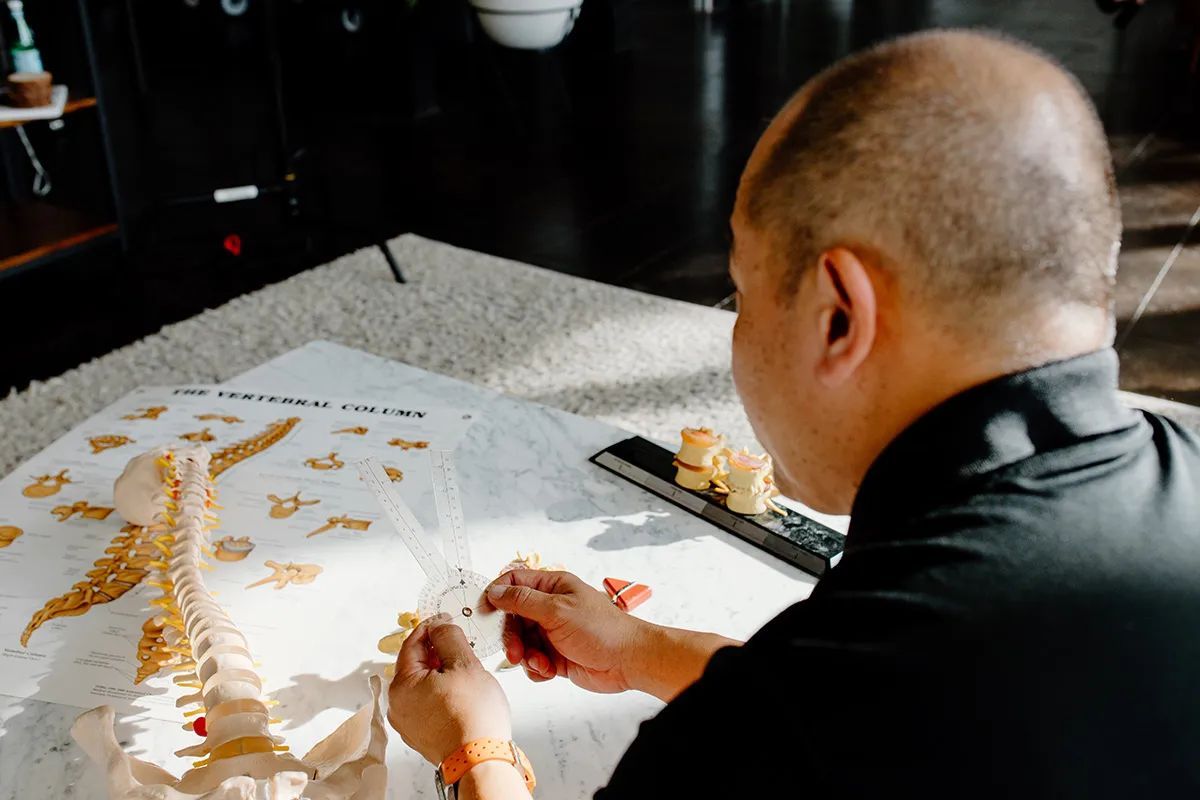Joint Pain Treatment
MEDICATION ISN’T THE ONLY WAY TO MANAGE JOINT PAIN. HERE’S HOW A CHIROPRACTOR CAN HELP YOU GET YOUR QUALITY OF LIFE BACK.
Joint Pain Treatment
MEDICATION ISN’T THE ONLY WAY TO MANAGE JOINT PAIN. HERE’S HOW A CHIROPRACTOR CAN HELP YOU GET YOUR QUALITY OF LIFE BACK.
WHAT IS JOINT PAIN?
“Joint pain” is a broad term, referring to anything from mild discomfort to severe inflammation in any joint in the body. Though it’s most often associated with arthritis, joint pain can have a wide array of causes and manifest in multiple different areas or ways.


MISCONCEPTIONS ABOUT JOINT PAIN
Because it applies to such a wide array of conditions and manifestations, the concept of joint pain is associated with a lot of different misconceptions. Some of the most common include:
THAT JOINT PAIN AND ARTHRITIS ARE THE SAME THING
THAT JOINT PAIN IS SPECIFIC TO OLDER ADULTS
THAT IT IS MORE LIKELY TO OCCUR IN WOMEN THAN MEN
Ultimately, joint pain is a starting point for physicians, chiropractors, and other specialists to lay out treatment. Achieving sustainable, long-term relief means diving deeper into the underlying causes of joint pain and targeting them.
SKELETAL CAUSES OF JOINT PAIN
Joint pain can be caused by several skeletal disorders or issues, including:
- Arthritis, which destroys cartilage at the ends of bones in the joints
- Osteonecrosis, which is when bone tissue dies after not getting enough blood flow
- Bone cancer
- Osteoporosis
- Osteomyelitis
- Broken bones
Other Causes of Joint Pain
Some of the less talked-about (but still widely prevalent) causes of joint pain can stem from issues in the nerves, tendons, ligaments, or muscles instead of bones. These include:
FIBROMYALGIA
GOUT
THYROID PROBLEMS
TENDINITIS
INFLAMMATION
LEUKEMIA AND OTHER NON-BONE CANCERS
VIRAL OR BACTERIAL INFECTIONS
AUTOIMMUNE DISEASES LIKE LUPUS
SPRAINS AND STRAINS
If you’re experiencing joint pain, don’t automatically assume that it’s associated with arthritis. The truth is that the pain could be linked to any number of underlying causes, and it’s important to work alongside a professional in order to determine what those are.

Joint Pain Symptoms
“Pain” isn’t the most descriptive term, and the truth is that it doesn’t always exist alone if it’s happening in your joints. Joint pain can also be accompanied by symptoms like stiffness and loss of mobility, tingling, numbness, and swelling. The pain itself can manifest in a variety of ways, from a sharp, stabbing pain to a dull, throbbing pain.
Identifying any other symptoms and determining an accurate way to describe the pain itself are effective tools in helping your medical professional diagnose the causes of pain and come up with a course of treatment.
Risk Factors for Joint Pain
Just about anyone can break, sprain, or strain a bone, so joint pain isn’t exclusive to a specific demographic. With that said, it can be more common in people who meet specific conditions, including:
- Old age, since the risk of conditions like arthritis or gout increases with age
- Family history of bone disease or any other underlying causes of joint pain (as well as of joint pain itself)
- Obesity, which places increased strain on the joints
- Joint injury history
If you meet any of the above criteria but are not yet experiencing any joint pain, it’s a great idea to talk to a trusted specialist about preventative treatments you can undergo.
Pain Management vs. Treatment
Because joint pain is such a broad condition, it’s common for those suffering from it to defer to pain management instead of holistic treatment. Pain management seeks to put a damper on the symptoms of joint pain, while treatment seeks to find out the underlying causes of joint pain in order to prove long-term relief.
Common Approaches for Joint Pain Management
Joint pain can be uncomfortable at best, and the most common way to manage its symptoms is through the use of over-the-counter pain medications, like ibuprofen or acetaminophen.
While these can provide temporary relief from pain and inflammation, they do little to help minimize or treat pain over time. That’s where specialized professionals like chiropractors come in.
Where a Chiropractor Comes In
The goal of a chiropractor isn’t just to provide temporary relief from pain, but to address the underlying causes of pain in order to help patients achieve long-term relief and an improved quality of life overall. This is done through personalized treatment that targets the root cause of pain and promotes habits that reduce its likelihood of recurring.
Determining the Underlying Causes of Joint Pain
In order to effectively treat joint pain, chiropractors must first determine what its causes are. This usually involves listening to the patient as they recount any injuries, chronic conditions, genetic disorders, or other factors that they’ve experienced. It also involved taking diagnostic images (like X-rays) of the afflicted area.
TREATING THE UNDERLYING CAUSES OF JOINT PAIN
ONCE THE UNDERLYING CAUSE OF JOINT PAIN HAS BEEN IDENTIFIED, THE NEXT COURSE OF ACTION IS TO LAY OUT A TREATMENT PLAN THAT WILL ADDRESS IT IN A WAY THAT MAKES SENSE FOR THE PATIENT’S LIFESTYLE AND GOALS.
Muscle therapy, which is a specialized form of massage therapy that seeks to reduce pain, promote relaxation, bolster lymphatic flow, and stimulate blood flow to a specific area.
Spinal decompression, which is effective for joint pain in the spine as it helps to reinstate alignment, reduce pressure, and help herniated or bulging discs back into place.
Exercise therapy, which can be whole-body or targeted to a specific area, promoting strength in the joint’s surrounding muscles in order to relieve pressure on it.
Manual manipulation of the joints and surrounding areas, which applies targeted bouts of force in order to promote correct alignment and reduce muscular inflammation and nerve strain.
HOW TO GET STARTED
If you’re experiencing joint pain, the best thing you can do is set up a consultation (or multiple) with a trusted chiropractor in order to talk through your symptoms, potential causes, and your options for treatment. You can count on a chiropractor being the right fit if they are:
- Receptive to what you have to say
- Compassionate in their approach
- Flexible to fit your schedule
- Reliable based on reviews and testimonials from past patients
Ready to address the underlying cause of your joint pain and experience some much-needed relief? We’re here to help. Set up your first consultation with us to get started.
WHAT TO EXPECT FROM JOINT PAIN TREATMENT

What your joint pain treatment looks like will depend on the chiropractor you choose to see for it. At Essential ChiroCare, our approach to joint pain treatment is simple. It includes:
- A concierge approach, giving patients continuous access to our expertise outside of the limitations of insurance.
- Active listening, because no one knows your pain better than you and treating it effectively means understanding your experience of it.
- Interactive treatment, giving you autonomy and information at every turn as we address the root cause of your pain.
Schedule Your Consultation
Whether your pain and discomfort is longstanding or new, we are a Tampa chiropractor who will work with you to get to its root cause so that you don’t just feel well, but are well. Set up a consultation with us to get started.
Consultation Form
We will get back to you as soon as possible.
Please try again later.
